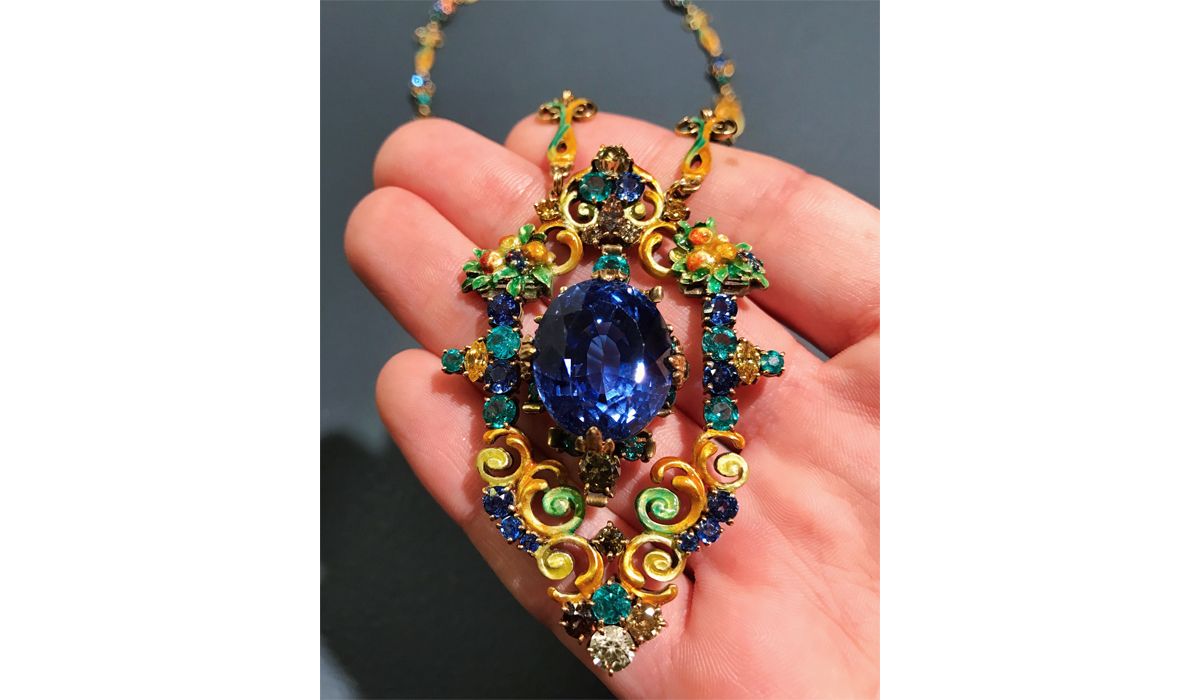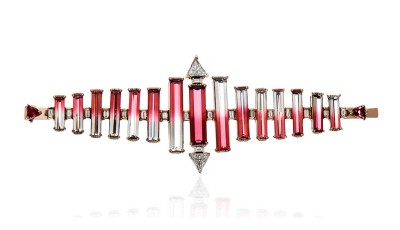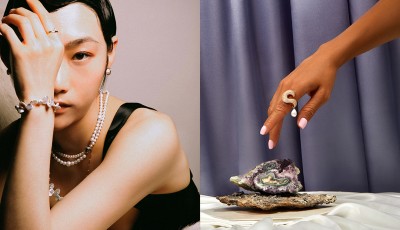Point of View: Levi Higgs
How to renew a brand without losing the Heritage? Revisiting tired designs, trying new color, or reissueing classics with a new spin
For the May Issue Levi Higgs, decorative arts and jewelry historian and archivist at David Webb, gives us his point of view about how to renew a brand without losing the Heritage. Here the complete interview.
As jewelry historian your point of view can count on many voices. What should jewelry brands do to innovate without loosing their heritage and roots?
Heritage jewelry brands must do their best to constantly think of their brand DNA. Whether it is a founder’s vision, or a design vocabulary, there is always a current that runs through any brand that will root it deep in its own history, while driving the company forward, lengthening the legacy. The many voices that may arise at any brand all help steer the ship, but the most important thing is to keep a through-line of a brand’s individual sense of self. This can be done by re-invisoning tired designs, trying new color ways on tried and true pieces, or to reissue classics with a new spin.
What are some of your favorite historical styles of jewelry? And which are the jewels from the past that are still current?
My favorite style of historical jewelry is archeological revival, in all its many forms. I’m obsessed with the work of the firms of Castellani and Guiliano. They worked in the revival styles that catered to 19th century Grand Tour English tourists in Rome, and shoppers in London as well interested in Renaissance Revival. These styles are heavily symbolic, and I love the intense narratives that are tied in the in the innovation of the techniques of the Industrial Revolution. Here is an example of one of my favorite pieces. This micro-mosaic from Castellani was sold at Sotheby’s auction house recently, and depicts the head of medusa made of tiny squares of colored glass, set into a beautiful tesserae.

What is the most incredibile and fascinating story behind a jewel you came across in your career?
One of the most fascinating stories in jewelry that I have come across in my studies and travels is the story of the Montana sapphire. It’s one of the lesser known stories in gemology, but it was largely discovered and disseminated by the famous gemologist Dr. George F. Kunz, of Tiffany & Co. in New York. Miners looking for gold in the hills of Montana came upon large blue pebbles in their sluice pans, and nearly threw most of them out. One sent in the pebbles to Dr. Kunz in New York, who found that they were of the finest quality and a perfect cornflower blue color sapphire that had thus far been unknown in America. Dr. Kunz championed the sourcing of stones of all sorts from America, including diamonds from Arkansas, tourmalines from Maine, and fresh water pearls from the Mississippi River. This particular sapphire necklace features a very large Montana sapphire, with the innovative design completed by Tiffany & Co. and designed by Louis Comfort Tiffany, the king of color. It sold at Christie’s Auction house in 2017 for $271,500.
And any new designer that you think will leave a sign for the future?
I have far too many favorite contemporary designers to name, but the top of the pack will always be designers that have a unique voice and vision. I know that sounds simplistic, but there are far too many designers who are creating middle-of-the-road pieces that might chase a trend rather than setting the curve. Successful designers know what make them unique (origin, location, materials, recognizable design vocabulary) and hone in on those features, iterating with intent.







